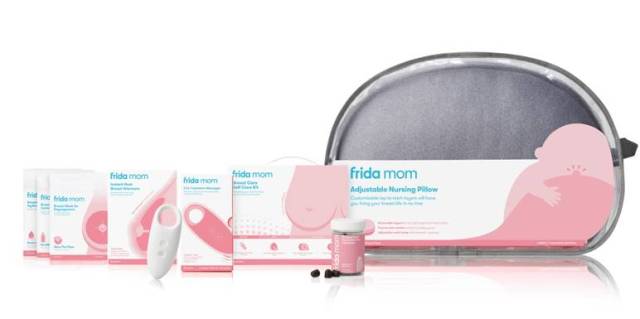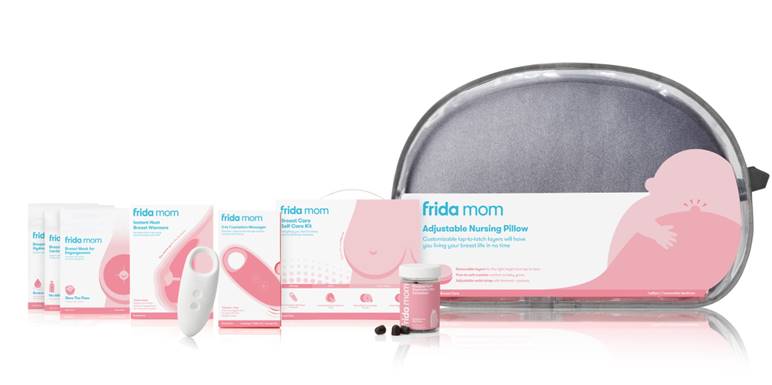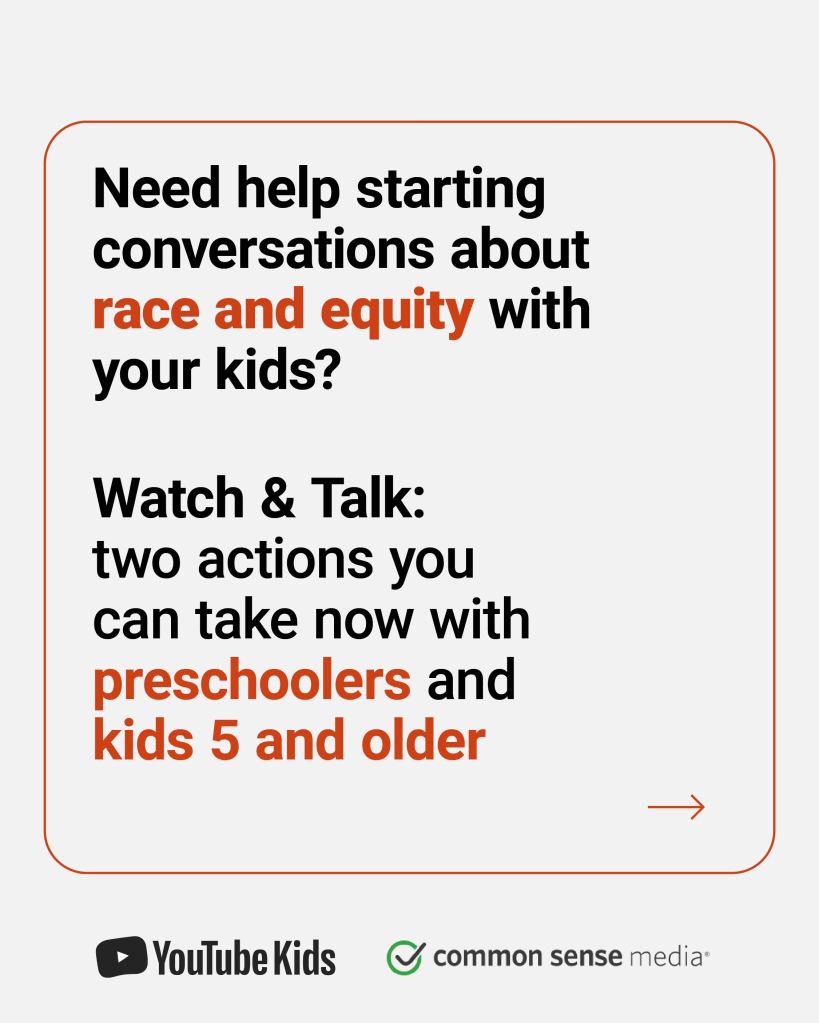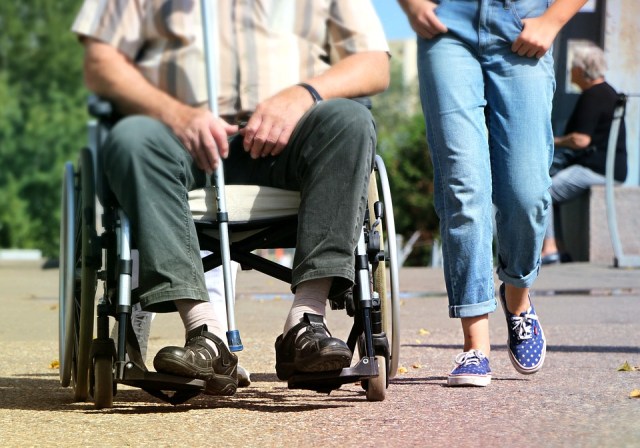
With infants, comes the high possibility of spit ups. It is absolutely normal. If you are a new mom, by now you would have experienced it. As an infant, my son spat up almost all the breastmilk he consumed. It was so frustrating to go over the entire process of tidying him up, with a change of clothes, and feed him again; hoping he doesn’t spit up again.
Acid reflux is also responsible for baby spit ups. It manifests around 2-4 weeks and peaks around 4 months. It usually subsides a few months later once your baby starts solids and starts sitting. It does increase before getting better though and sometimes using reflux medications can seem to be the only option.
However, it is important to note that not all babies that spit up have infant acid reflux. One clear indication that your baby has acid reflux is when they spit up repeatedly and arc their back and cry a lot. This is because of the acid that comes up after every feed and it can be very painful for babies. If your baby just spits up and is happy, it is a sign that your child doesn’t have acid reflux.
Baby spit-ups, and the associated mess, while not being totally avoidable, can be managed with ease. Yes mommies!! It can be managed with ease. Here’s how:
1. Keep Your Baby Propped Up
Keeping the baby propped up for at least 20 minutes after each feed, drastically reduces the chances of a spit-up. I tried this with my son and believe me….it worked wonders!!
Laying them down just after you feed increases their chance of spitting up as propping them up can keep their food down due to gravity.
2. Burp Your Baby
Babies tend to ingest a lot of air while suckling or feeding. So, make sure to burp your baby after each feed to ease the gas out from their little tummies. The accumulated gas/air can get painful and can lead eventually to a spit-up. So, burp your cutie.
3. Keep Burp Cloths & Wipes Handy
I always kept burp cloths handy during the first year of my son. It helps to quickly react to and clean up spit ups, dribbles, and all the baby mess that is always on-the-way back up. Also, keep baby wipes handy and you are good to go. Keeping the baby clean and dry should is a priority!
4. No Tummy Time after a Feed
Tummy time is essential for babies. It helps them gain strength and also relieves the gas accumulated in their tummies. But it should not be done right after a feed. The baby is very likely to spit up if you do.
Allow for at least an hour, after a feed, to give your super-kid some “tummy time”. It is so cute to watch them during this exercise….and especially when they are not spitting up!
5. Feed Small Meals Frequently
This is one thing I wasn’t aware of when I had my son. I would overfeed him and felt overwhelmed when he would routinely spit up and cry after a feed, until a visit to my chiropractor remedied my folly.
We mommies tend to forget, that our babies have very small tummies. They cannot accommodate the overabundance of love-filled-feeding which we subject them to. Spit up is the natural aftermath of such misplaced love. Hence, the key to minimizing spit-ups due to overfeeding, is to give small feeds at reasonable intervals. It works beautifully.
6. Have the Baby Sleep on an Incline
Usually babies don’t need this but if your baby suffers from acid reflux, this is something I can’t recommend enough. My son had acid reflux and would cry a lot due to the extreme discomfort. This also kept him from sleeping for prolonged periods. But then we were advised to try this technique. Make the baby sleep on a slight incline; with the head on the elevated side. This method really helped for better sleep quality for the baby, in addition to reducing the discomfort caused by acid reflux.
7. Get Mess-Proof Baby Clothes
Babies make messes and will continue to do so till they grow up. They spit up, drool, and generally keep messing up. It is an exasperating non-stop process to keep them clean and dry. For stain-proof clothing, try Snug Bub stain-proof baby clothes. They can be wiped clean, have no chemicals on them, are breathable, child friendly, and are super soft. Just take a damp wipe and wipe off the mess….and Viola!! No need for a change of clothes!! An absolute “must-have” for your baby wardrobe.
Tia, a Sacramento based mommy who loves to write about her son and parenting experiences. Even though she loves being a mother she knows how hard parenting can be sometimes.



































